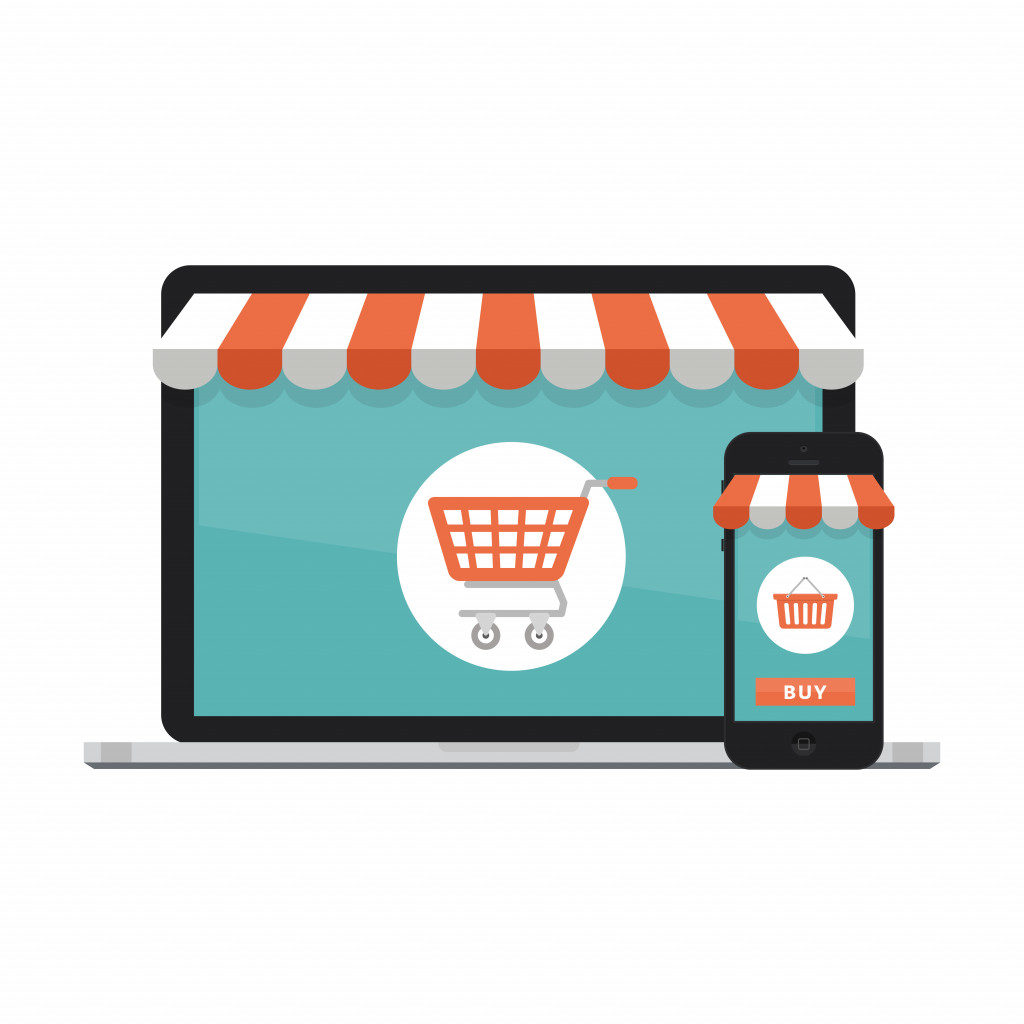One way or another, especially in the middle of this pandemic, we have all become aware of online shopping. When shops closed down and local quarantines that limited social interaction was imposed, we could no longer go outside to buy both our wants and needs. Businesses could not sell their goods at their physical stores as frequently as before due to health protocols and the unsustainability of the whole ordeal.
The immediate solution to this problem for both producers, providers, and consumers was in the form of online shopping. Here, customers can browse online catalogs and stores, pay for their purchases online, and have their items delivered to their doorstep.
Even before the pandemic hit, online shopping and e-commerce are commonplace in the United States. For the year 2020 which was the peak of the pandemic, Digital Commerce estimated a whopping ﹩861 billion worth of retail sales from e-commerce alone.
The simple act of buying and selling online has plenty of effects that are immediately observed and also effects that leave imprints in due time.
The online shopping community is growing faster.
Businesses nowadays have worked towards building a wider and more prominent digital presence. We have come a long way from the 2 18 survey that determined 46% of businesses do not have any kind of web presence. Almost every business nowadays has at least one social media page to spread the word on their products and services if they don’t have their websites yet. They also use these social media and online platforms to communicate with potential customers and partners as well.
People are discovering the various conveniences the internet and technology offer in day-to-day life as they become more accessible and easier to navigate. Especially now, the shift to acquiring online purchases is user-friendly, easier, and navigable.
Online shoppers at this time have expanded not only locally but also internationally, such that there is a noticeable increase in orders and purchases coming from overseas. This isn’t a phenomenon limited to the United States but is occurring worldwide at a rapid rate.
The market is diversifying and becoming more competitive.
A primary stimulator of economical growth is in the form of businesses, may they be big or small. They ensure that the supplies and demands of people are met.
Many small retailers have emerged left and right, competing with giants such as Amazon, Walmart, and Apple. Some ways that small businesses have stayed afloat amidst everything is through participating in federal contracting assistance programs with the Small Businesses Administration (SBA) such as joint ventures and becoming a historically underutilized business zone (HUBZone) certified company.

More people are becoming start-up entrepreneurs.
In a period where employment, income, and health status are uncertain. people naturally responded to it by turning passions and hobbies into profitable enterprises. Not only are they able to improve and develop their craft, but they can also make a sustainable living out of it when coupled with the right entrepreneurial choices.
People are exploring and venturing through sustainable methods to generate money, enrolling in business courses to orient themselves in marketing strategies, and honing their capabilities to increase variations in their products.
More jobs are becoming available.
More businesses would always equate to more hired labor needed. With the increasing demand for deliveries and production, more people in these workforces are sought out. It is a basic positive feedback loop that keeps economic gears going.
Webrooming is becoming a trend.
Before we were holed up at our homes, there was the concept of showrooms for different products. The specs, features, and onhand items themselves can be perused and scrutinized by buyers.
This is the same concept for webrooming. The difference between them is that buyers instead actively research the products they wish to buy.
Webrooming enables people to be more discerning of their online purchases to learn how to manage their expectations and avoid getting scammed. With the internet at their disposal, people can cross-check product descriptions, customer reviews, shop ratings, and retail prices. Webrooming is a tedious process, depending on how meticulous a buyer is, but is a beneficial acquired skill.
Innovations in eco-friendly packaging.
Plastic materials such as bubble wrap and styrofoam are often used in packaging. Their single-use is not recommended, however, since they are non-biodegradable. This is why there is increased engineering and product-testing of biodegradable packaging materials lately that could prove to be better and more sustainable alternatives to plastic packaging. Some of these are Hexcel wrap, paper tape, and fungal styrofoam.
Businesses and entrepreneurs can keep their operations running with a little investment in packaging and accessing delivery services. This is a convenient and efficient option given the current circumstances.
